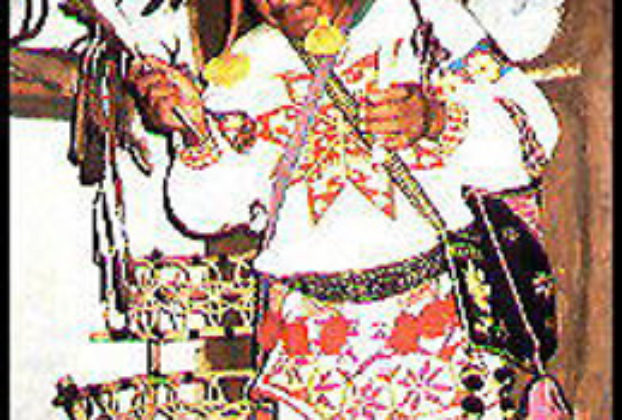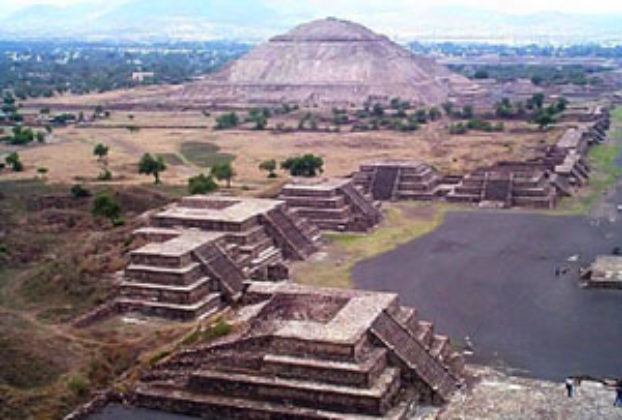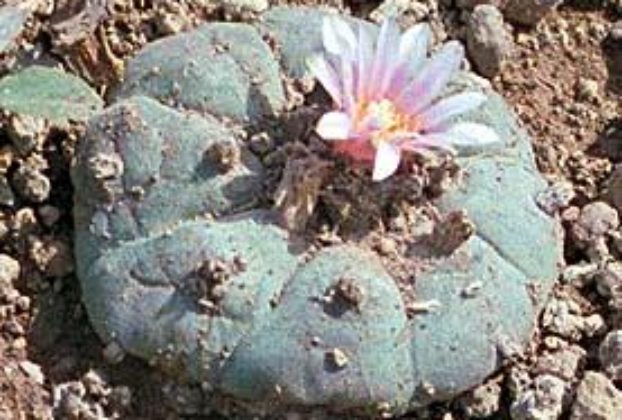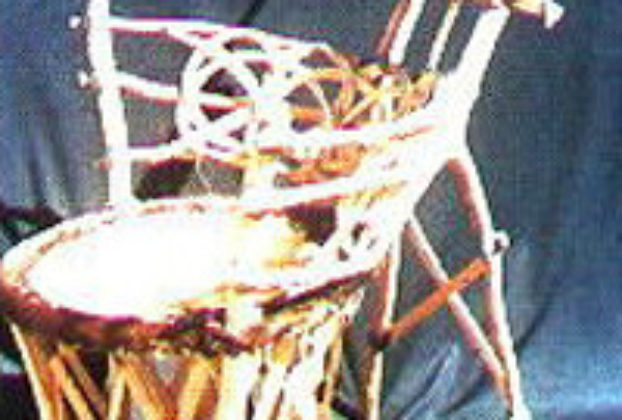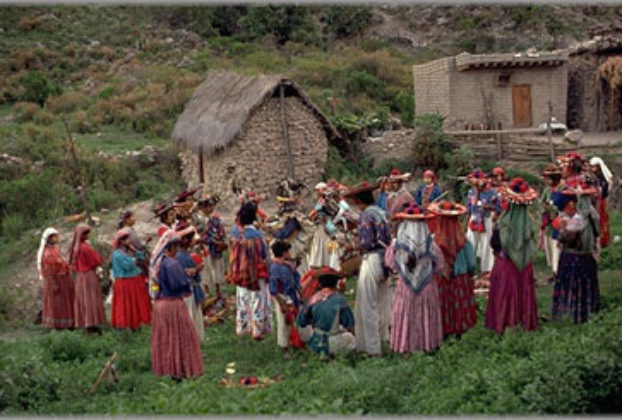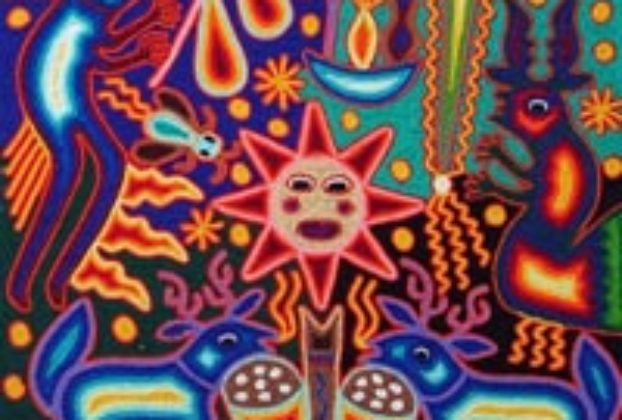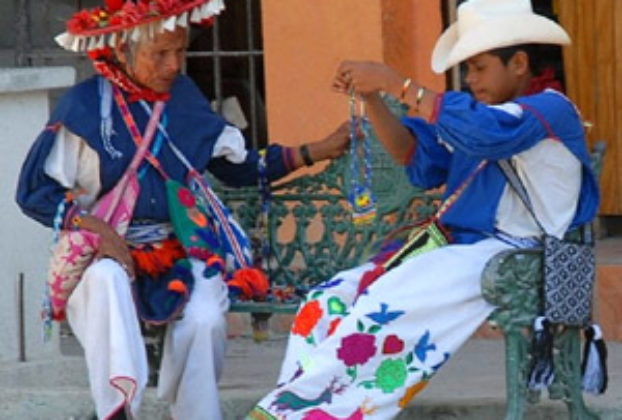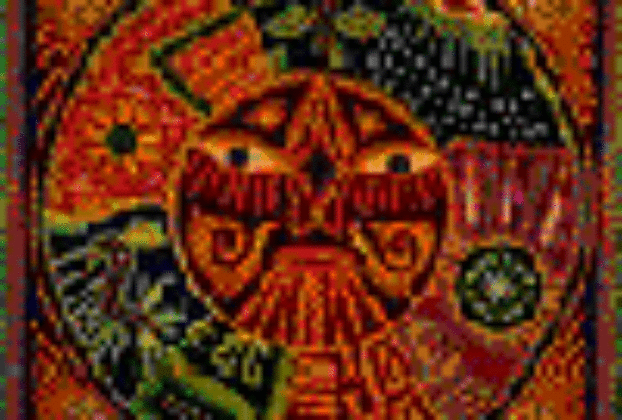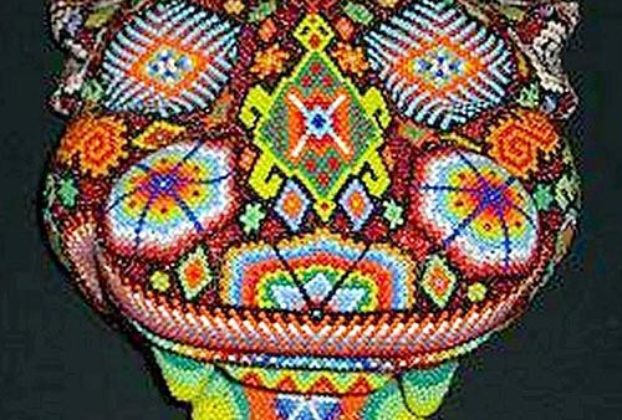Personal reminiscences of Mexico’s Huichol people III: The shaman
I met several people at the Fiesta de las Plantas Medicinales held at Atotonilco El Alto in 1990, among them Jesus Higuera (Katuza), who had held the impromptu peyote ceremony when the Huichols refused to participate for fear of the federales. It was there I also met Armando Casillas Romo, who was promoting a book he […]
Continue Reading
